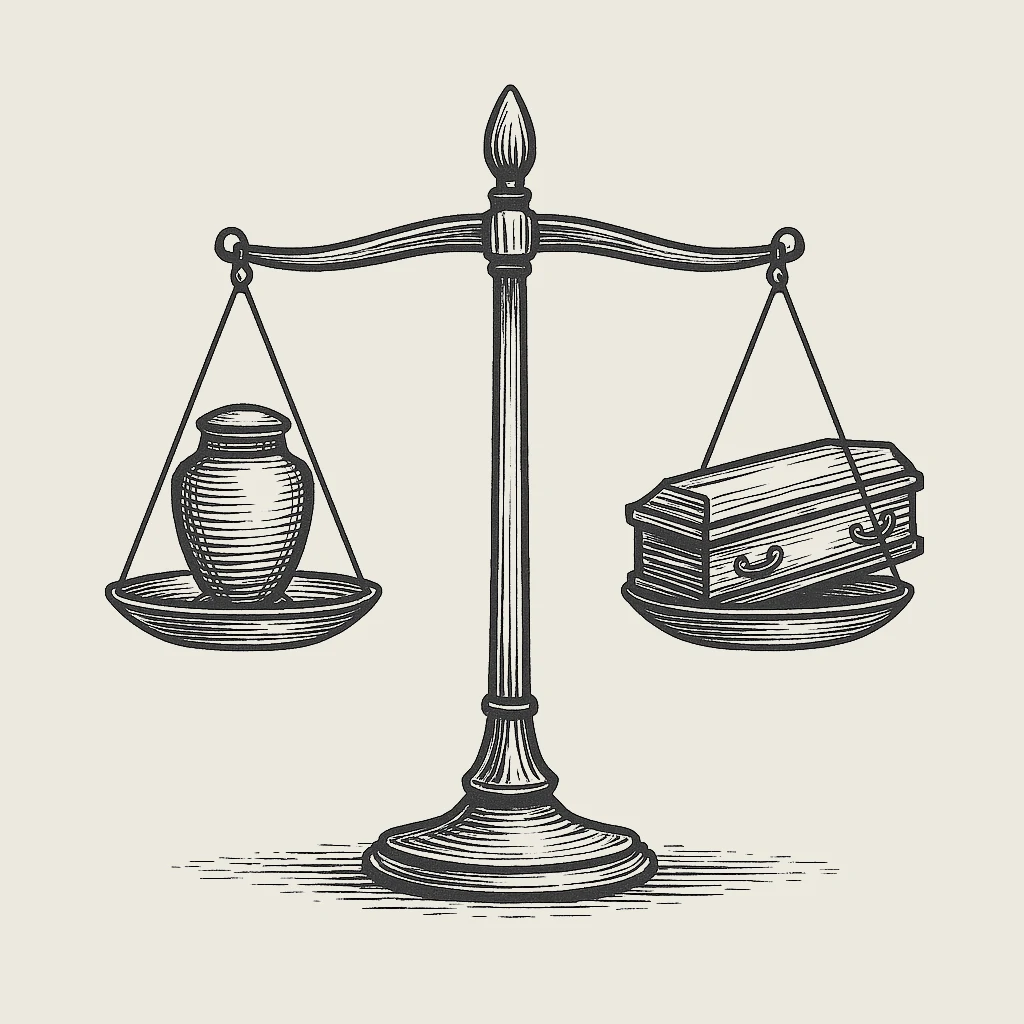Why Coins Are Placed on the Eyes of the Deceased: The Origin of the Ritual
Ancient Tradition and Its Universality
Since the dawn of human history, people have sought ways to show respect for the dead. One such ritual is the custom of placing coins on the eyes of the deceased. Interestingly, this practice is found among different cultures, even those that had no direct contact with each other. The reasons for placing coins on a dead person's face varied, but most often they combined mythological, practical, and psychological explanations. Despite changing beliefs and cultures, the tradition continues to this day, although its meaning is often lost to understanding.
Mystical Roots: From Charon to the Slavs
The most well-known legend explaining why coins are placed on the eyes of the deceased is connected to the myth of Charon — the ferryman of souls across the River Styx. According to ancient Greek beliefs, a deceased person had to pay for their passage to the underworld. If payment was lacking, the soul would remain on the shore forever. However, similar rites existed among other peoples as well. Among the Slavs, for example, it was believed that coins would help the soul of the deceased settle in the afterlife. Egyptians also placed valuables near the body, hoping to provide the dead with a comfortable existence after death.
Utilitarian Explanation of the Ritual
From a physiological standpoint, there is a practical explanation for placing coins on the eyes of the deceased. After death, the body's muscles relax, and the eyelids can open involuntarily. This is especially noticeable before rigor mortis sets in. To avoid the eerie sight, relatives would place heavy objects — most often copper coins — on the closed eyes. This helped keep the eyelids securely shut. Copper also helped prevent the formation of stains. Thus, the tradition had not only symbolic but also practical significance rooted in human anatomy.
Folk Superstitions and Fears
In many cultures, there was a belief that the open eyes of the dead could take a living person with them. People believed that the gaze of the deceased could draw someone else into the realm of the dead. Therefore, it was considered especially important to close the eyelids immediately after death, and coins served as a kind of "locking" element. Some versions of the ritual suggested placing coins not only on the eyes but also under the tongue or in a pocket. These precautions were aimed at protecting the living from possible influences of the otherworld. Such fears often persisted even after religious shifts.
Psychological Aspect: A Face at Peace
Psychologists explain the preservation of the custom by the desire of relatives to give the deceased a calm, peaceful appearance. A person whose eyes are closed is perceived as if sleeping. This creates the illusion that the departed is merely resting, not gone forever. Such visual perception helps the living cope with grief. Therefore, despite the rationalism of the modern world, some rituals — including those involving eyes and coins — continue to serve as elements of internal reconciliation with loss.
Modern Transformation of an Ancient Tradition
Over time, the ritual has changed. Today, coins are not necessarily placed on the eyelids but more often in the coffin, pocket, or under the pillow. People do this not so much out of religious conviction but as a tribute to cultural roots. The external form of the ritual is preserved, but the understanding of its original purpose is often lost. Nevertheless, the custom remains an important part of saying goodbye to the deceased. It unites generations, reminding us how fragile life is. Thanks to such actions, a living connection between the past and the present is preserved.
Conclusion: A Legacy That Lives On
Thus, the question of why coins are placed on the eyes of the deceased has many layers. It involves mythology, biology, psychology, and cultural memory. A tradition born in ancient times has endured through the centuries and survived in various forms. Although modern perspectives are changing, the ritual remains part of our heritage. It reminds us that even after death, a person remains at the center of the living's attention — with care, respect, and remembrance. And so, such actions retain their value even in the 21st century.
Read also:




